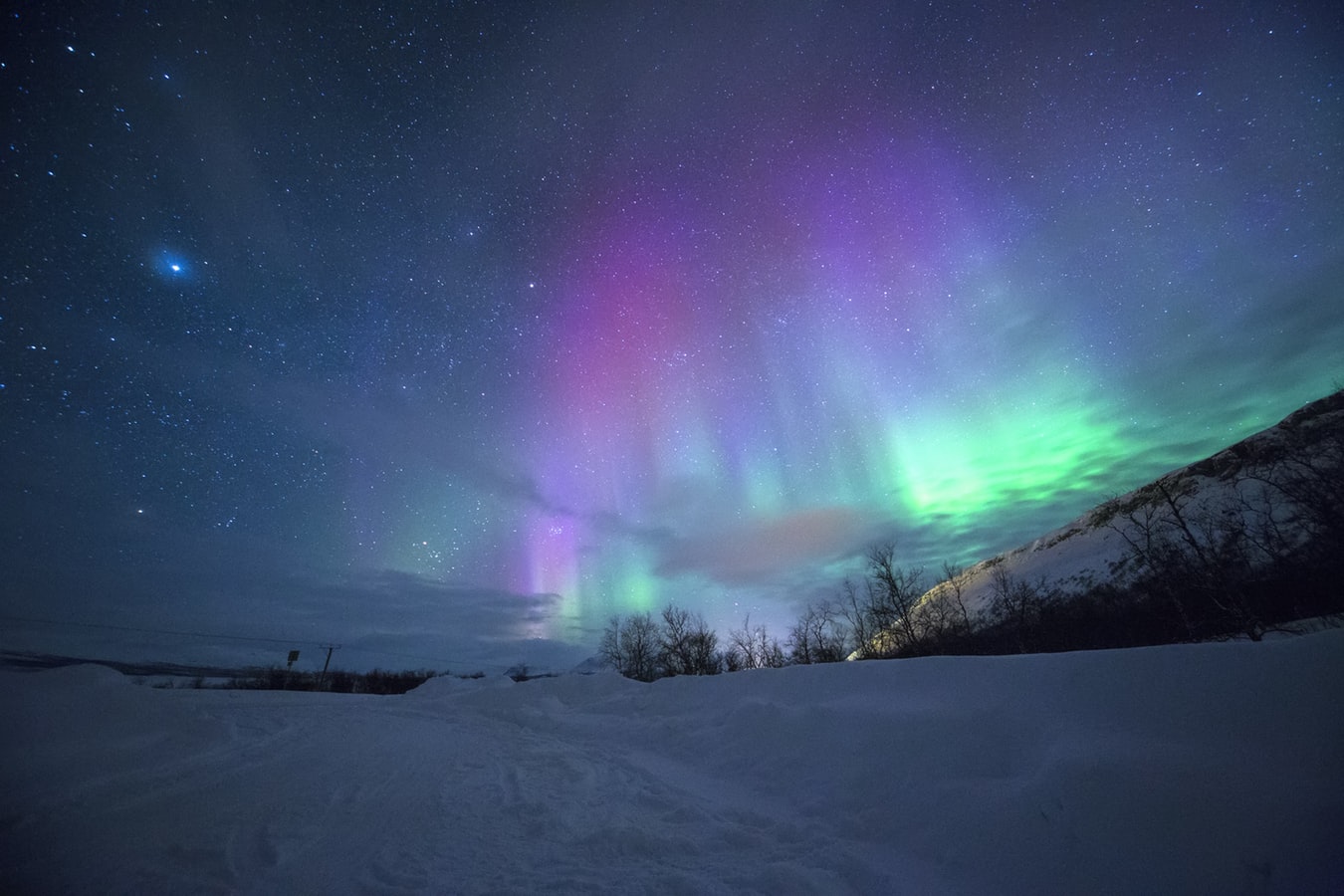Descripción/Description:
The Doctoral Fellowship INPhINIT Incoming Programme is devoted to attract young researchers willing to carry out their PhD project in research centres accredited with the Spanish Seal of Excellence Severo Ochoa, María de Maeztu or Health Institute Carlos III and Portuguese units accredited as “excellent” according to the evaluation of the Fundação de Ciência e Tecnologia.
The overarching aim of the PhD Thesis is to explore innovative solutions to visualize SKA precursor Big Data during the scientific analysis, this within the framework of the IAA SRC activities. This work differs from traditional approaches that focus on using domain specific software that runs locally. In collaboration with experts within the AMIGA team the candidate will:
1.Review existing formats for multidimensional data.
2. Develop a data processing API: The candidate will have to implement an API that will convert radio-astronomy data cubes into vectorized data that can be treated as shapes in 3D modelling software. In addition, s/he will have to implement a format transformation of astronomy data into the selected 3D graphical format (preliminary work was done with X3D: DOI:10.3847/0004-637X/818/2/115) . This process will be parameterized to allow customization depending on the science case, aiming to enable the use of general-purpose software to handle astronomy data.
3. Design and build an interface to access an archive of 3D data such as those to be generated by SKA and precursor telescopes. The candidate will implement a VOcompliant interface based on SODA (Server-side Operations for Data Access) astronomy standard in order to provide interactive visualization of 3D radio data in the SRC precursor by using the vectorized data.
4. Produce high-quality videos. S/he will automatize a parametrized generation of videos using Blender engine to display the objects and structures inside. The resulting developments will be deployed on top of the SRC cloud e-infrastructure and will make use of the IAA SRC data archive. S/he would collaborate with teams in key SKA countries, such as South Africa, Australia or the Netherlands, with which AMIGA has established engineering collaborations. In addition, s/he will work following Open Science principles (increasingly recognised in scientific careers), an area in which AMIGA team plays a key role at an international level.
